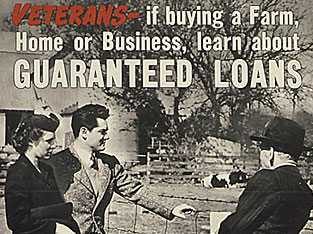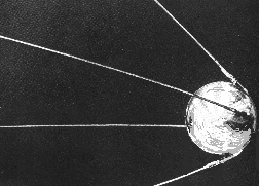|

The Servicemen's Readjustment Act of 1944, also known as the GI Bill, provided financial aid to members of the military
so they could get a college education or so they could restore the opportunities they had lost while in service.
1.1 million ex-GIs enrolled in college as of 1947, which was impressive since there had only been 1.5 million students
before the war. This number led to overcrowded institutions, classes being held year-round, and shortened requirements
in order to earn a degree. This eventually led to institutions wanting to improve their programs.
The Harvard Report on General Education, which was released in 1945, emphasized the influence of history on the change
in higher education. It stated that a sampling of varying disciplines would create a foundation for a liberal education.
It was endorsed in the 1960s and caused a 47% increase in the amount of bachelors of arts and sciences that were awarded.

Sputnik caused a new relationship with the federal government in terms of higher education. Funding started coming
from the civilian side of government from foundations such as the National Science Foundation, NASA, and the National Institutes
of Health. It allowed the government to assist in funding graduate students, buildings labs, and developing new science
programs.
The government starting stupporting higher education through the National Defense Education Act, which provided aid to
private and public institutions in the United States and gives higher education institutions 90% of capital funds for low-interest
loans for students. It also put limitations on federal control over curriculum, programs, administration, personnel,
buildings, and students.
In the 1960s, institutions became more selective. Private institutions built stronger progrmas for a more select
group of students, since the institutions were not receiving public funds. More students began attending regional state
schools.
Between 1965 through 1972, there was more than one community college opening per week throughout the United States.
There were also a backlash of issues resulting from the Vietnam War and racial injustice in the 1960s. It started
from the Free Speech Movement at Berkely and Students for a Democratic society. The student movement changed the atmosphere
of higher education and the university's relationship to the students became more of a laissez-faire policy.
|
